Now we have warmer days and lighter evenings, there is every excuse to go exploring Croydon’s green spaces. Why not enjoy the final few weeks of Spring by taking a stroll along the river Wandle following guest writer Peter Hall’s Green Line walk part 4.
The Sources of the River Wandle
I believe that the tram line is one of Croydon’s greatest assets. The green logo and livery is so appropriate for a route which connects the town centre to many beautiful natural environments and makes nature accessible to all in our borough. I have been travelling the length of the line for several years, with my camera at my side. This walk explores both sources of the River Wandle in Croydon – each beautified with a distinctive park which are less than a mile apart.
Before you start this walk, if you have children who will want to feed the birds which you will see, you may want to get off the tram first at the Church Street stop where there is a shop called Weigh n Save (number 92) which sells a range of seeds and nuts which the birds will enjoy. Please don’t take a loaf of bread on this walk! It will make them ill and encourage rats.
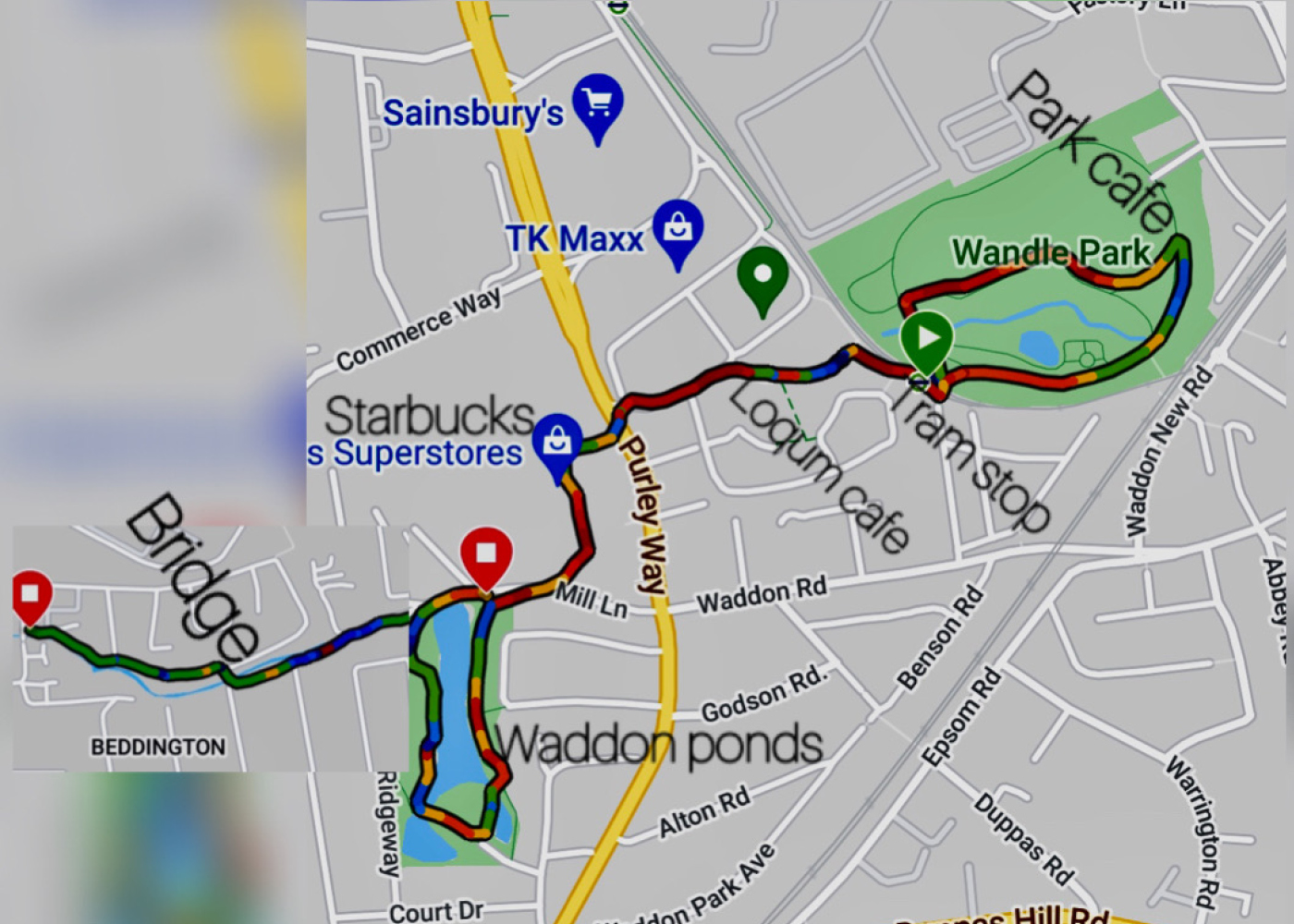
The walk starts and ends at the Wandle Park tram stop on the Wimbledon branch of the tram line. Approaching the tram stop from central Croydon, the tram line climbs a steep slope and then turns sharp right crossing the mainline from West Croydon, skirting the park as it plunges down to the park entrance. My children used to love that roller coaster stretch!
Cross the line into the park entrance and follow the left branch of the park so that you walk around the park in a clockwise direction. The path sweeps around the western end, crossing a fast flowing stream, which is the upper reach of the River Wandle. It is hard to believe that such a small flow of water will eventually reach the Thames at Wandsworth as a substantial river which once powered numerous mills along its route. This is one of several sources of the river which soon combine into something more impressive. They are known as chalk streams – crystal clear water which drains from the chalk of the North Downs at the point where it meets London clay. Its presence has defined the history of Croydon and of neighbouring Carshalton – the third source of the Wandle.
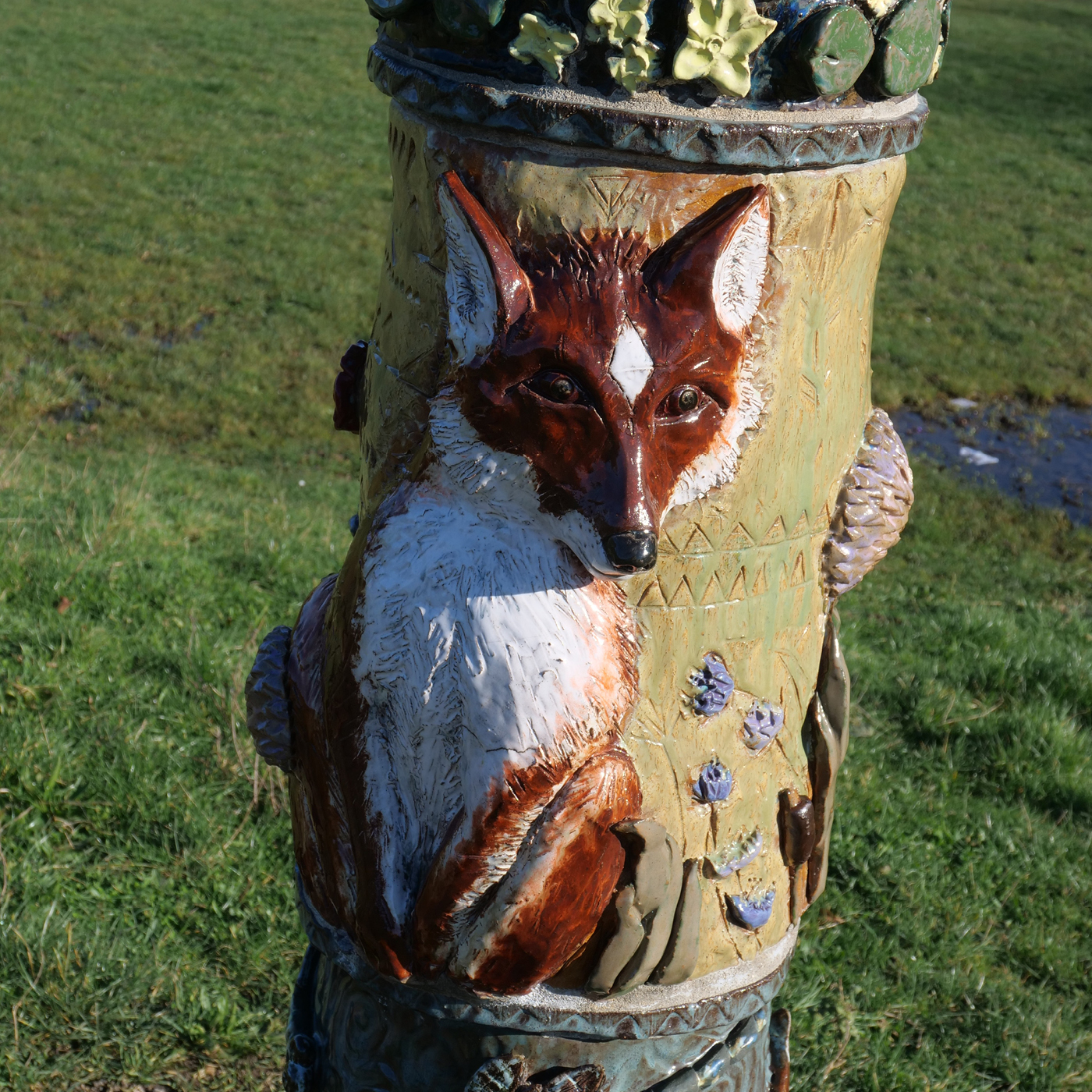
Before you reach the eastern end of the park, you will pass a totem pole. This one is not just a Croydon version of the traditional North American Indian carved wooden pole. Instead it is made of a series of porcelain elements which are topped by an owl. Studying the shiny coloured images moulded into the pole are depictions of the wildlife of our area – a fox, heron taking a frog, kingfisher and woodlands. I really liked this version.
At the eastern end of the park the Wandle water runs out of a culvert. Despite its diminutive appearance, this source of the Wandle has always been very important to Croydon. It has not always run from a manmade pipe like this. The Wandle used to start as a natural spring at the current location of the Swan and Sugarloaf pub in South Croydon. It flowed in several branches through the Old Town, eventually running as an open stream into what is now, Wandle Park. It provided fresh water for the early settlement of Croydon, and became the centre of the Old Town. Sadly it also caused regular flooding. Unhygienic drainage led to it becoming an open sewer and source of cholera so it was somewhat ignominiously buried underground to emerge from a pipe into the park.
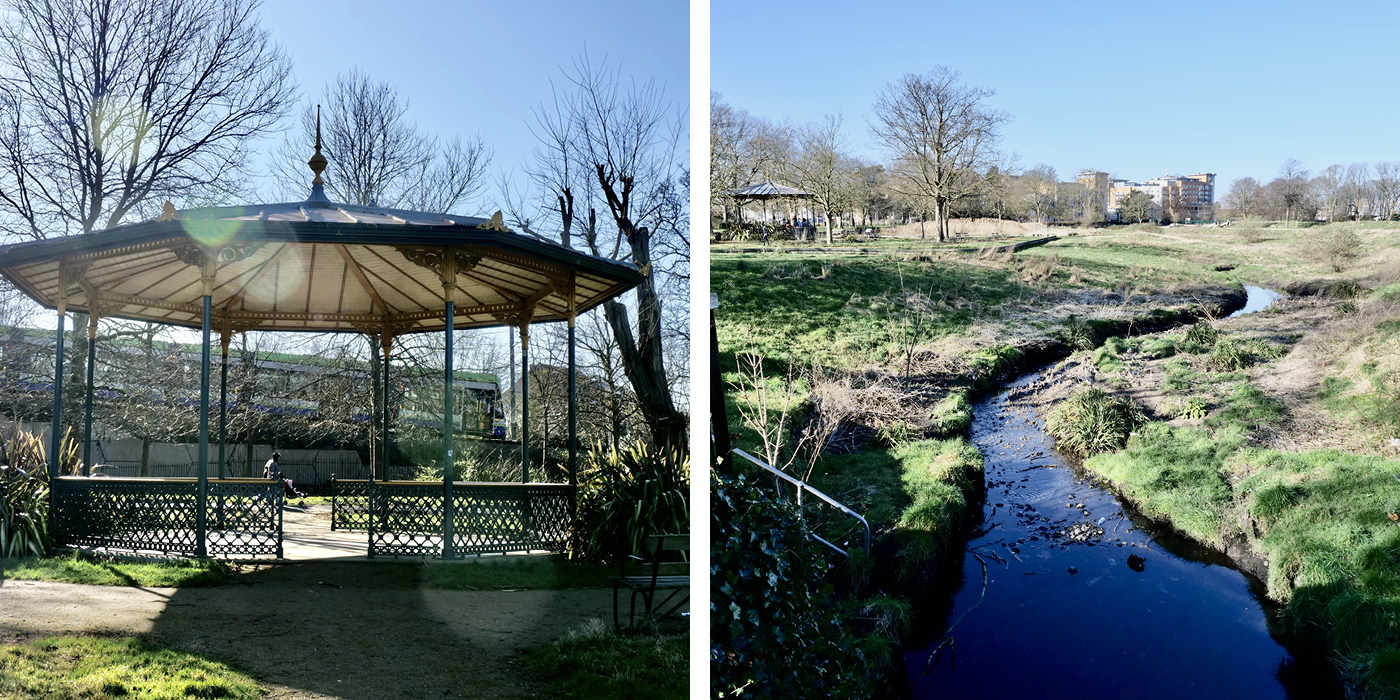
If you step off the path and walk down to the water’s edge, you stand a good chance of seeing a grey wagtail feeding on insects at the water’s surface. They are pretty easy to spot, as their tails constantly flick up and down, as a mechanism to flush out the insects they eat.
The path also takes you past a café which is open in the summer months and a children’s play area, notable for an elaborately designed sand pit – if your kids are into that!
Following the path, it turns back towards the entrance which you came from. The Victorian bandstand is a prominent feature. This, and a fountain which you will have just passed on your left and two decorative urns which you will come to, are really the last remaining features of the original Victorian park. The Victorian park had a large boating lake in the centre. Pretty much the whole way round there is a low wall made of flint stones with a recent concrete cap bordering a sunken central area. I am guessing that the wall was the boundary of the old boating lake.
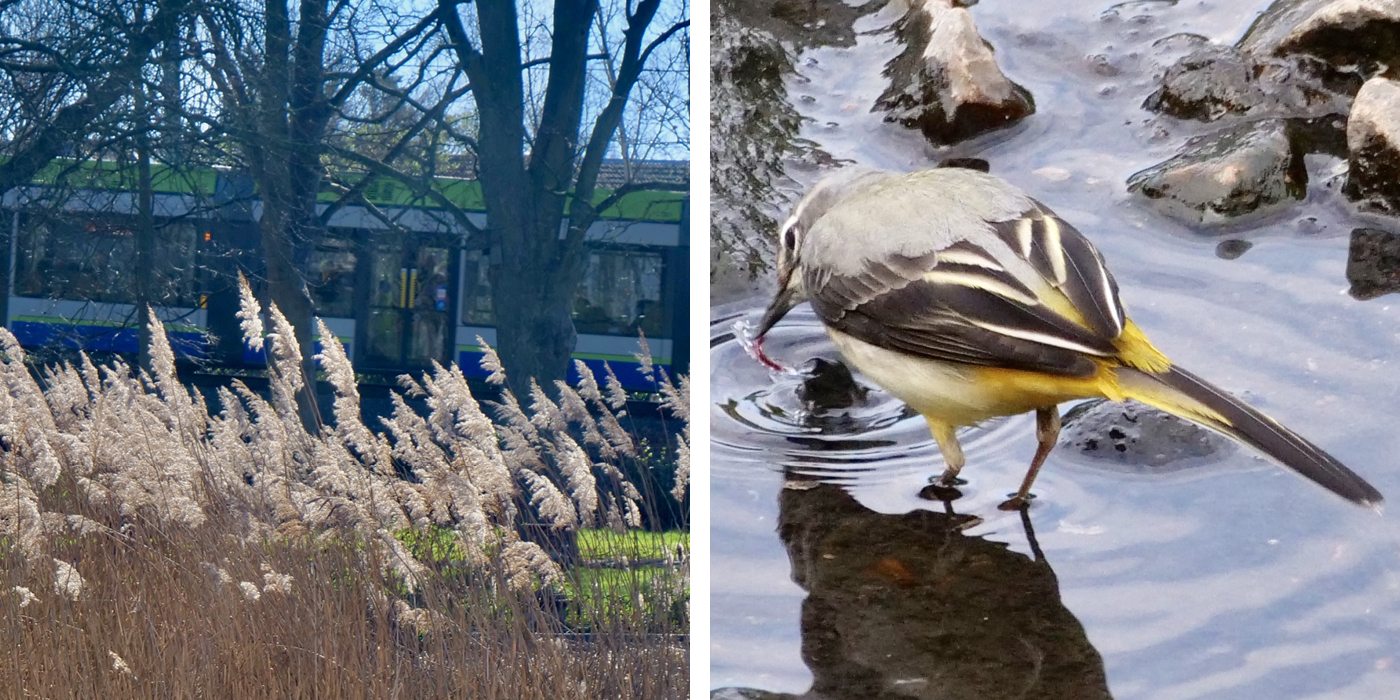
I think that the 21st century makeover which has created a large natural pond from the waters of the Wandle, in the centre of the park, is actually much better than that Victorian boating lake. It is beautiful to see a natural reed bed so close to the town centre. It is teeming with the iridescent blues and reds of dragonflies and damselflies in the summer months. The pond is a nesting place for moorhens and coots in the spring. In early summer you will see chicks paddling about. Do step off the path and walk down to the pond’s edge where there is a wooden ramp to avoid muddy feet. There is a pictorial information board telling you what you can expect to see. If you or your children want to feed the ducks with the bag of seeds you have brought, this is the first opportunity. I love standing in the middle of the park and seeing the juxtaposition of our green Croydon trams circling around the historic band stand, the natural reed bed and the wildlife area which has been created.
You will soon be coming to the entrance where you entered. Cross the tram line, and turn right onto the footpath which runs behind the Wimbledon platform. After a very short distance, there is a footpath to your left, which follows the Wandle in what is quite a deep man-made ravine through a new housing estate, eventually disappearing under the Purley Way and Purley Cross retail park. The path has been sympathetically built, meandering close to the river. Again, here, I have seen grey wagtails flitting just above the water feeding on insects.
Along this path, on the right, up a short flight of steps, is a café – Loqum Cafe and Restaurant – which serves a good range of drinks, meals and ice creams. It is only open Mondays to Saturdays, but would be a good place for refreshments either on your way out or on the return journey.
You will emerge on the Purley Way opposite the newly revamped Purley Cross retail park. You need to cross this very busy road, but there is an island to make it a bit safer. You need to cross over to the shops, turn left and follow the exit road into Mill Lane. In the new retail park an excellent Starbucks Purley Cross has been included, which is open every day of the week. It has generous seating and toilets.
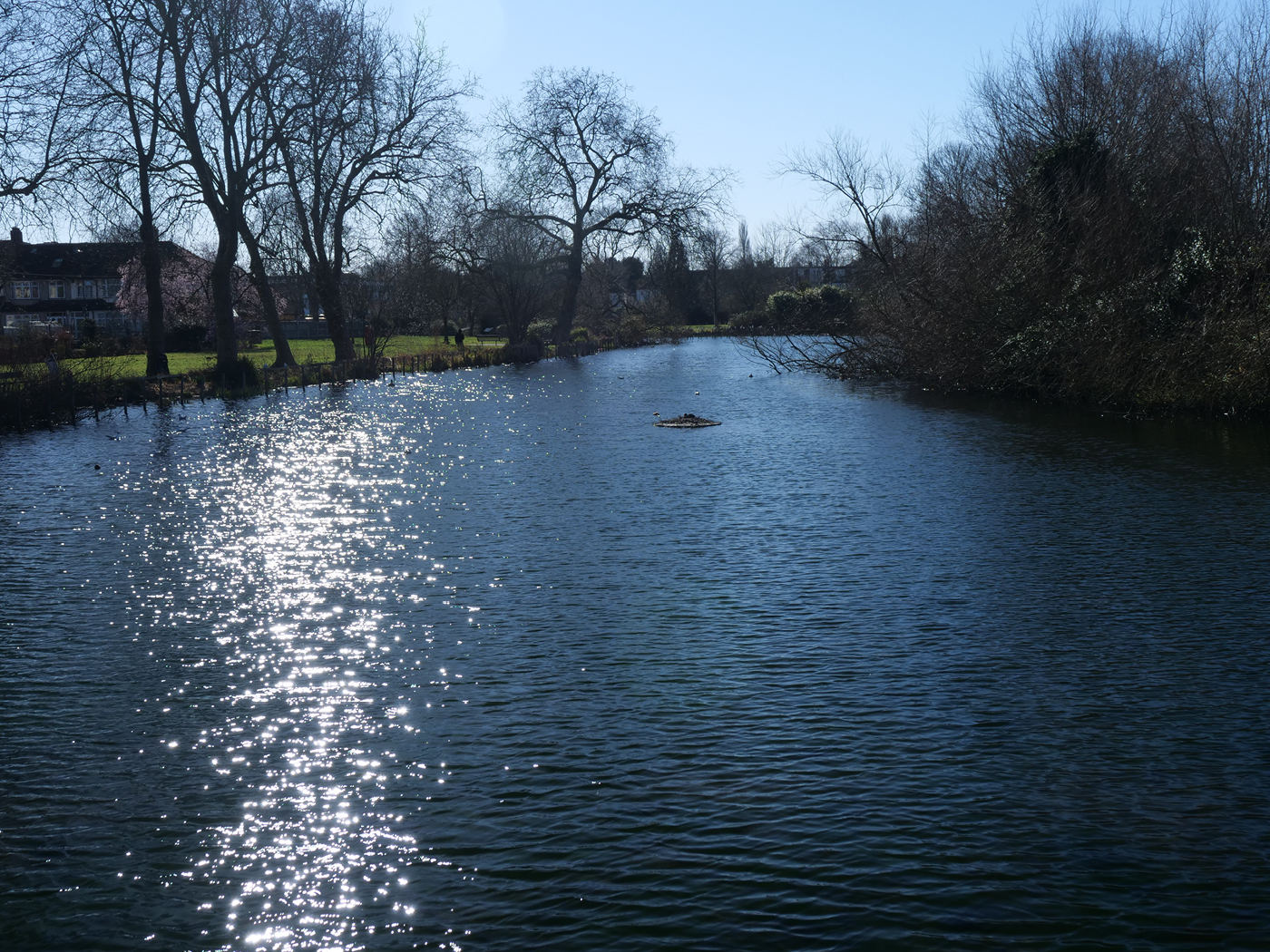
Walking out and turning right onto Mill Lane, you quickly come to Waddon Ponds on your left. There is a fast flowing weir going under the road and an industrial park on the right. The ponds are filled by natural springs and are the second source of the River Wandle in Croydon. Waddon Ponds are Croydon’s prime location for water birds. It is a pleasure to visit throughout the year.
This area has quite a history. Remains from Bronze Age and Iron Age man were found when the houses, now surrounding the ponds, were built. It is thought that the name “Waddon” derives from the plant known as Woad which once grew here. It provided an indigo blue dye used by our ancestors to paint their faces and look scary (or maybe beautiful).
In more recent times, Waddon Ponds was part of a large estate dating back 500 years, with lakes stretching from Mill Lane to Waddon Marsh (right through the modern retail park) and where allegedly Lord Nelson went fishing! There was a water mill here for at least a thousand years, as it is recorded in the Doomsday book. The last water mill on that site was demolished in 1928 when Croydon Council bought the whole estate, turned the mill area into an industrial area, but after much campaigning, preserved the area south of Mill Lane as the Water Park we have today.
Waddon “Ponds” is really not one or even several ponds. It is a single long lake with two branches at the Southern end, each of which, I think, are the actual outlets of the streams which feed it. Each of these southern branches has a narrow neck connecting it with the main lake and quaint footbridges cross each neck, making it seem like three stretches of water or ponds. Weeping willows and other trees and bushes serenely overhang the sides giving it a natural appearance and providing the ducks and swans places to nest. In the Winter, when the sun is mainly in the south the water surface is lit up with a magical dance of silver and blue.
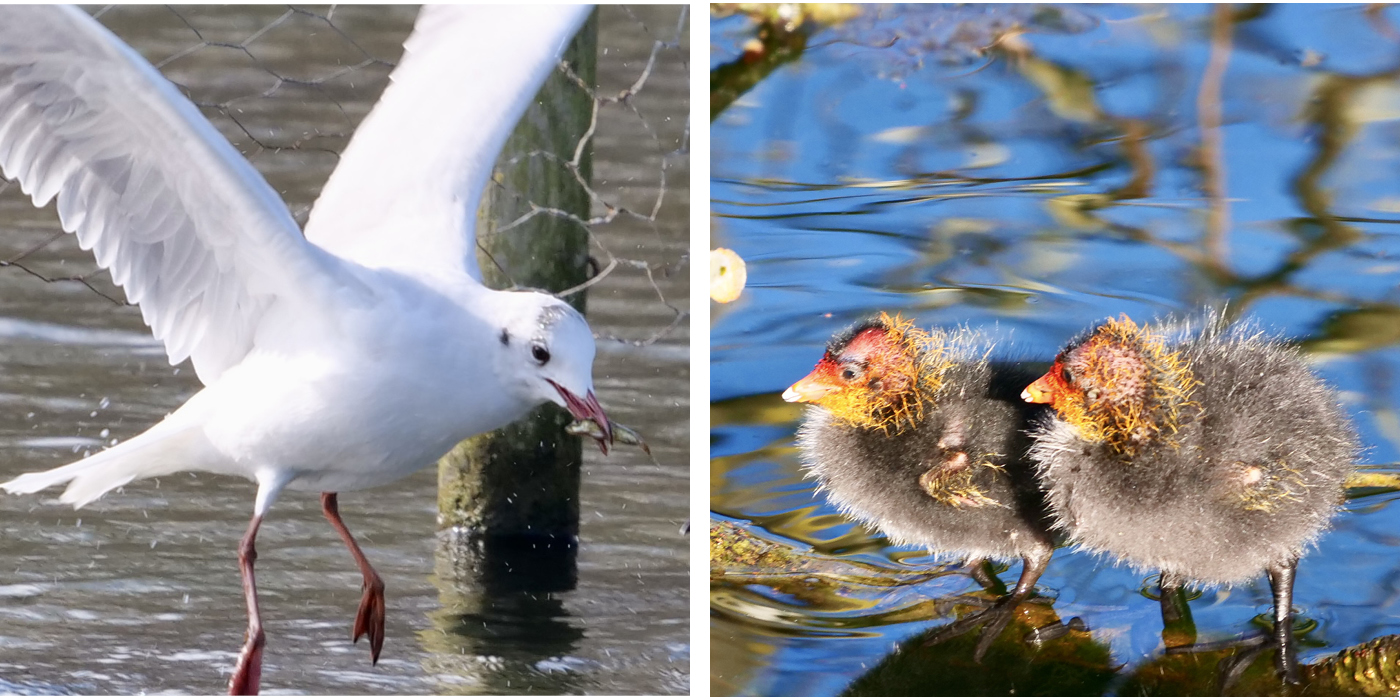
The park is heavily populated by a range of water birds. This is not one of those nature reserves where you need binoculars and may be lucky to see something with wings! All three ponds are populated with large numbers of swans, Canada geese, black headed gulls, grebes, mallard ducks, moorhens and coots. Occasional visitors are herons, kingfishers and Egyptian geese. A number of duck houses and floating platforms have been placed in the water for nesting. In February these platforms are occasionally claimed by a bird looking for a mate, or a pair which is defending the territory but hasn’t yet worked out what to do with it. In March the birds who have successfully won some territory are building a nest from all the bits of twigs lying around the water edge and by April they are sitting on a cluster of eggs. Soon after, there will be little ducklings paddling around the water’s edge, heavily guarded by their parents who, initially, have to give them food. You can enjoy watching all of these stages if you visit the ponds regularly between February and June.
A path circumnavigates the pond. There are two viewing platforms which project to the edge of the water giving you a good view without disturbing the wildlife. Towards the south end of the ponds a large number of stakes have been driven into the bed for the benefit of gulls which perch there, looking for food in the water. Their constant squabbles over who gets the best perch is entertaining to watch.
Unfortunately the regular presence of humans, some carrying bags of food, has over time, made the birds rather over friendly and unnatural. Don’t be surprised if, while you are walking around, a swan climbs out of the water to greet you, followed by six or seven hungry offspring hoping for a free meal. I would strongly advise keeping feeding to a minimum, as it has encouraged quite a lot of rats. Whatever the birds are telling you, they don’t need it! However, despite that, I think it is a great place for children to experience the natural world first hand. It is a real asset to Croydon.
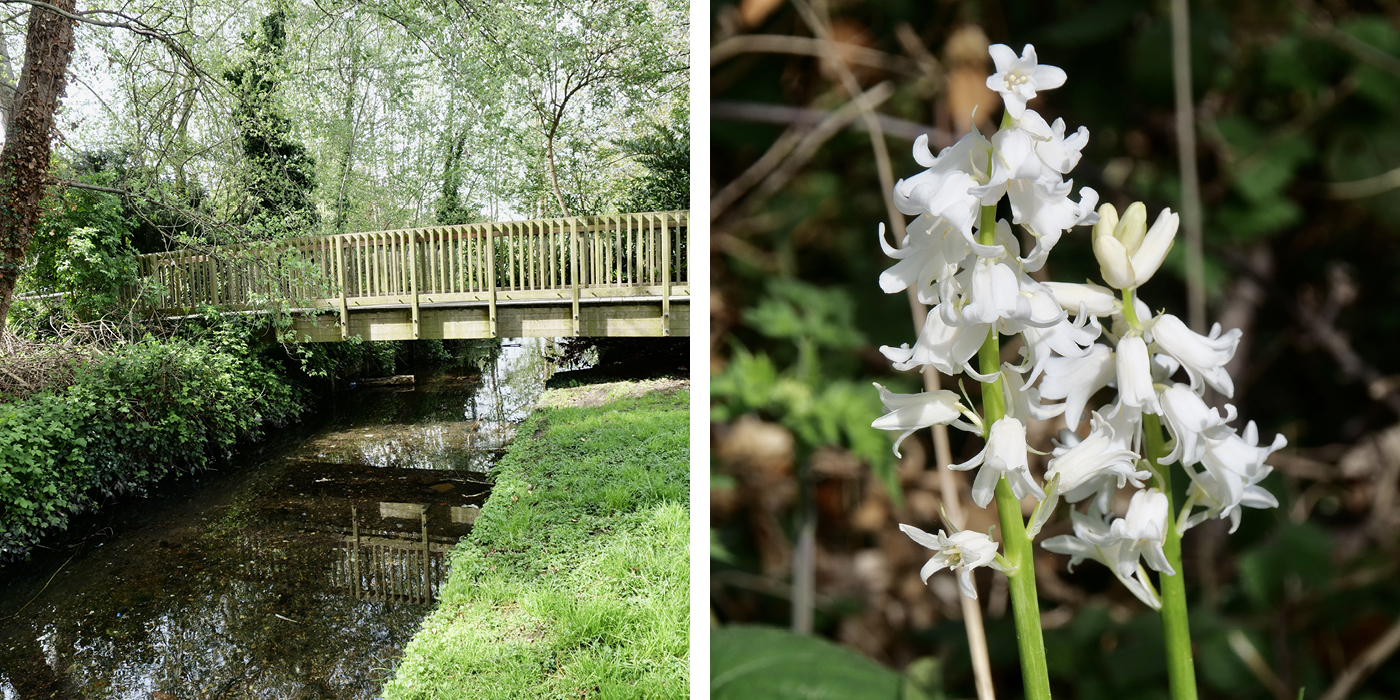
This walk is not quite over. There is an extension starting just beside the entrance to the industrial estate where a sign points to the Wandle Valley Walk. The path runs beside the industrial estate for a few hundred yards, and then the river Wandle emerges from a culvert on your right, now a much more substantial stream. I have found the bushes on either side of the path to be alive with insects and birds. In April and May you will see bluebells – not just the blue ones but quite a clump of the mutant white ones. On your right, you will soon come to a wooden bridge which crosses the river. Take that path and follow it along the right hand side of the river bank. There are frequently ducks in that stretch.
You will reach a new man-made pond, created to hold back water running off the nearby housing estate and avoid flooding lower down the Wandle. The pond was buzzing with water boatmen skating over its surface when I visited, and will no doubt attract dragonflies in the summer. It is quite a pleasing addition.
You will pass a fairly attractive man-made weir, creating a pleasing water splash in the dappled sunshine – probably the only waterfall in Croydon. After the weir, a low brick wall protects a broad river bank which is alive with wildflowers, bees and butterflies from April until September. However, you are now on the Sutton boundary!
For those up for a longer walk and exploring over the border, you can continue along the Wandle all the way to Beddington Park. Maybe an adventure for another day.
Posted by guest writer Peter Hall (all photos courtesy of Peter).
If you missed The Green Line Part 1, you can read it here.
If you missed The Green Line Part 2, you can read it here.
If you missed The Green Line Part 3, you can read it here.
Peter lives, works, walks, and often runs in Croydon – always with his camera – visiting green spaces and places with an interesting history. He is a keen Instagrammer who loves to give and receive comments on his peter_at_croydon account.
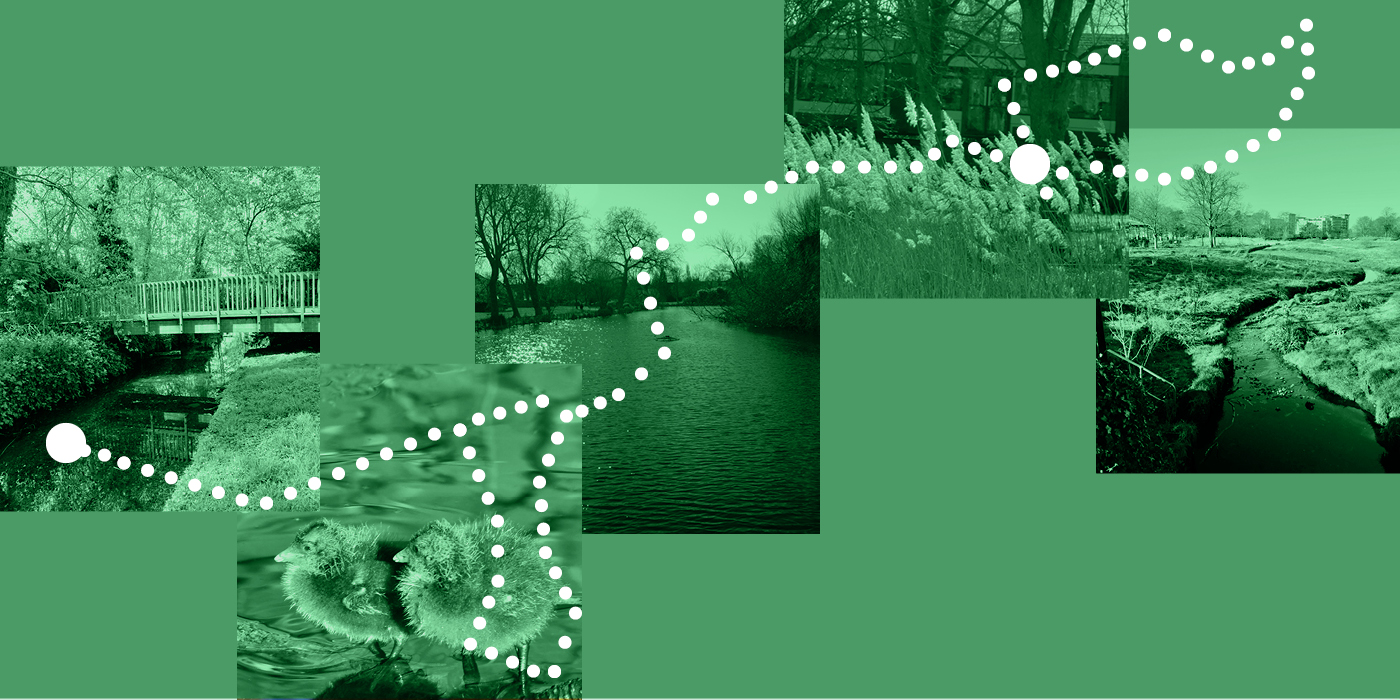
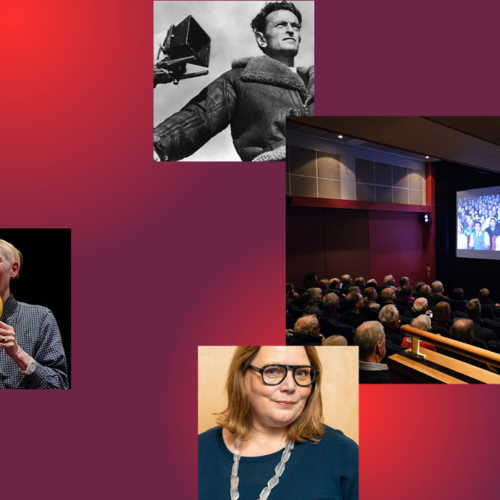
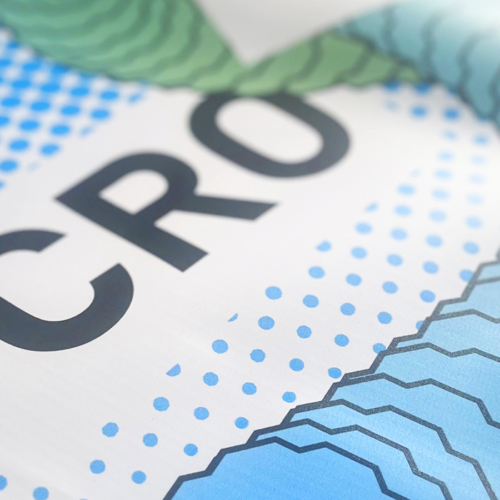

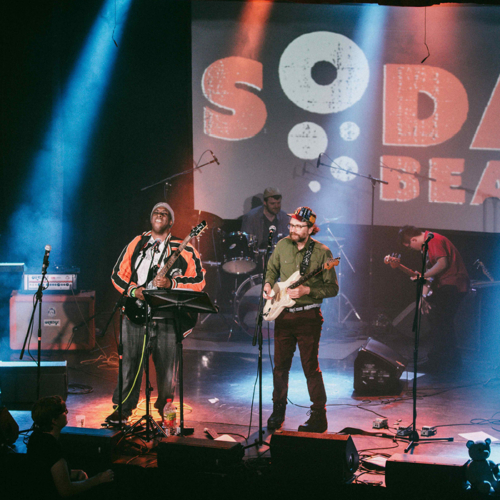
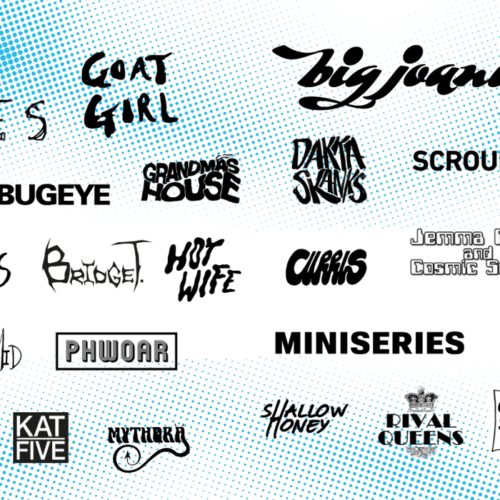
Wow- this adventure sounds idle and although l live in East London l am very keen to explore the routes so beautifully described by Peter.